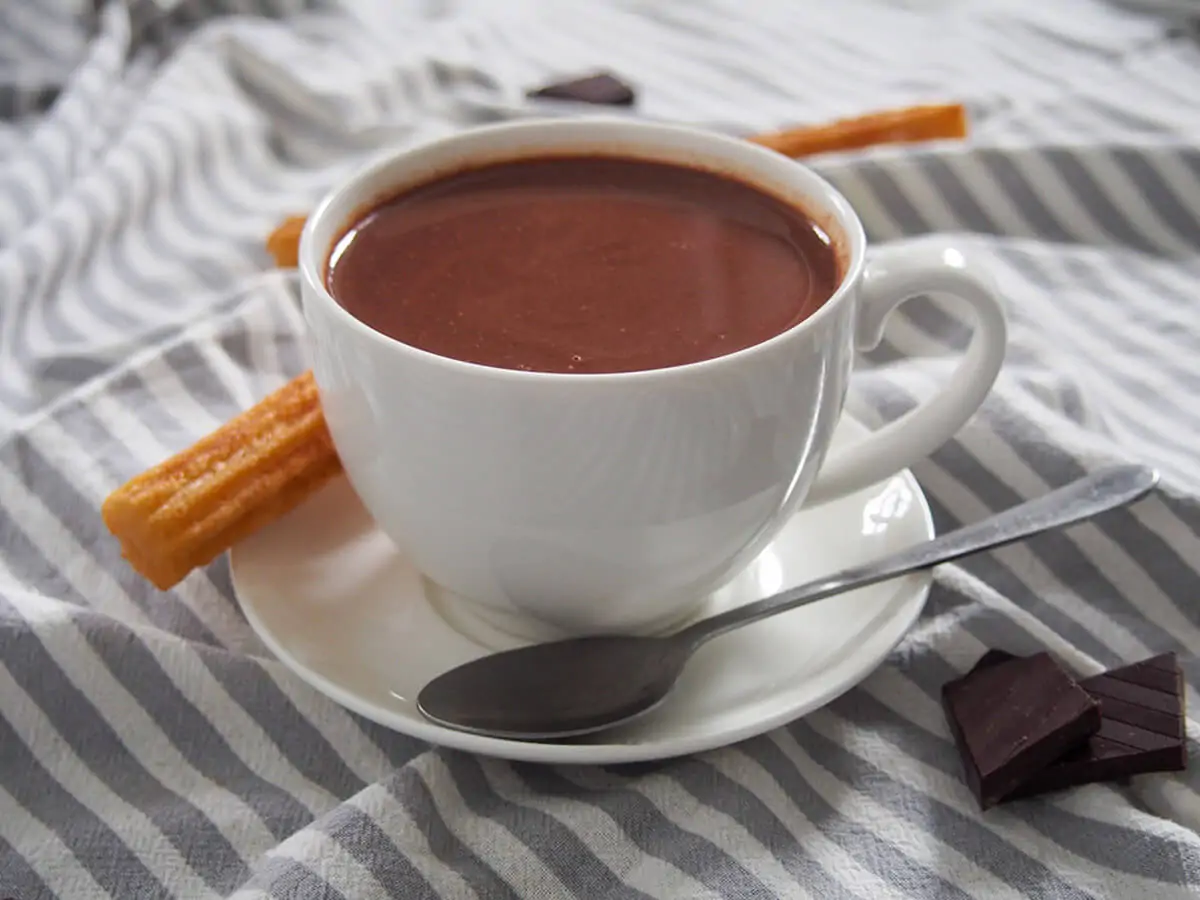Cocoa and hot chocolate are often confused as the same beverage, but they differ significantly in preparation, texture, and taste. This article explores these differences, the preparation methods, and the cultural implications of each.
Key Differences Between Cocoa and Hot Chocolate
Composition and Texture
- Cocoa: Typically made with a higher ratio of milk or water to cocoa mass. A common mix might include one part cocoa mass to six parts hot water or milk.
- Hot Chocolate: A dessert beverage, thicker and richer, often prepared with a 1:1 ratio of cocoa mass to milk or water, resulting in a dense drink usually enjoyed with a spoon.
Cultural and Terminological Variations
In some places, cocoa and hot chocolate are used interchangeably, but they can refer to very different preparations:
- Cocoa: Often a lighter drink, comparable in consistency to a well-made cappuccino.
- Hot Chocolate: Treated more like a dessert, it is thick and indulgent, emphasizing the richness of the chocolate.
Preparing Cocoa and Hot Chocolate
Ingredients and Ratios
For a typical cocoa drink:
- Cocoa mass: 1 part
- Hot water or milk: 6 parts
For rich hot chocolate:
- Cocoa mass: 1 part
- Hot water or milk: 1 part
Methodology
The preparation process varies between cocoa and hot chocolate, primarily in the concentration of cocoa mass and the choice of milk or water as the solvent.
Historical and Modern Approaches to Hot Chocolate
Traditional Recipes
Historically, hot chocolate was made using a specific formula:
- Golden label cocoa: 67 rubles
- Sugar: 2 parts
- Cocoa: 1 part
- Milk
This preparation is reminiscent of childhood flavors commonly found in schools and other institutions, offering a consistent and nostalgic taste.
Artisan Approaches
Modern artisanal methods recommend that cafes create unique cocoa and hot chocolate drinks from scratch using chocolate bars. This approach enhances the flavor profile, allowing the subtleties of the chocolate to shine through, similar to how one appreciates different coffees.
Varieties of Cocoa and Chocolate
Different Chocolate Bases
Examples of chocolate varieties used in hot beverages:
- Nicaragua Milk Chocolate (50% concentration):
- Includes dry milk and cane sugar for a classic creamy taste.
- Peru Part (70% concentration):
- Composed of 75% cocoa mass and 25% cane sugar, offering a more acidic and complex flavor profile.
Preparation
For each type of chocolate:
- Amount per 240 ml cup: 25 grams of chocolate
- Milk amount: approximately 150 grams, heated to between 80-90 degrees Celsius to ensure the chocolate melts properly.
Tasting Notes and Sensory Experiences
Each type of hot chocolate can reveal different taste notes, such as:
- Citrus and floral notes in more acidic chocolates
- Rich fruit and berry flavors in sweeter varieties
Is Experimenting With Cocoa and Hot Chocolate Worth It?
Cocoa and hot chocolate are versatile beverages that can be tailored to personal tastes using different types of milk or water bases. This flexibility allows individuals to explore a wide range of flavors, from childhood favorites to sophisticated, artisan-crafted beverages. As the understanding of these drinks deepens, so does the appreciation for their complex flavor profiles and cultural significance.


Leave a Reply